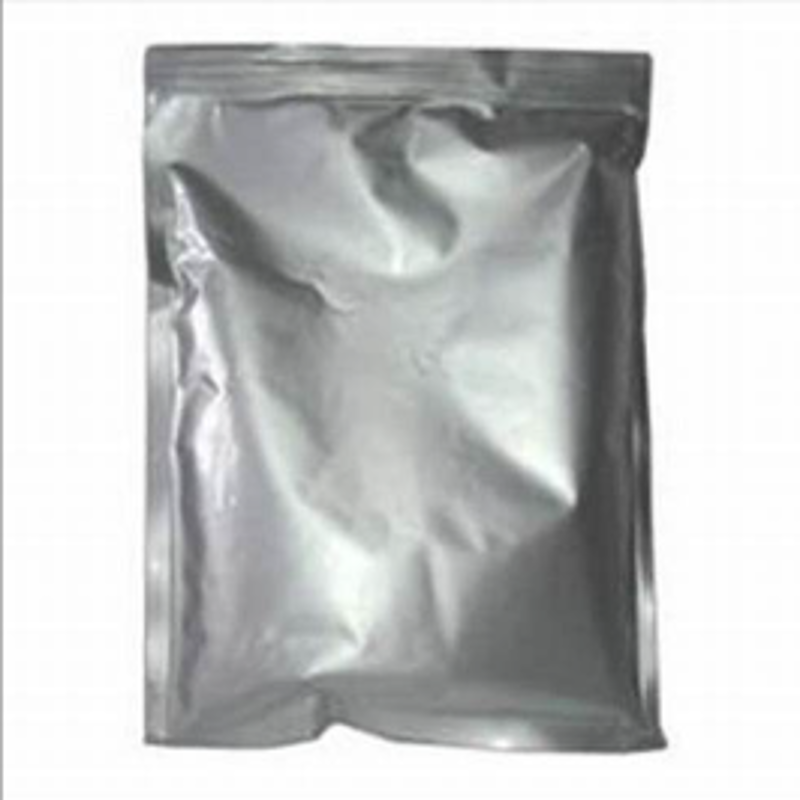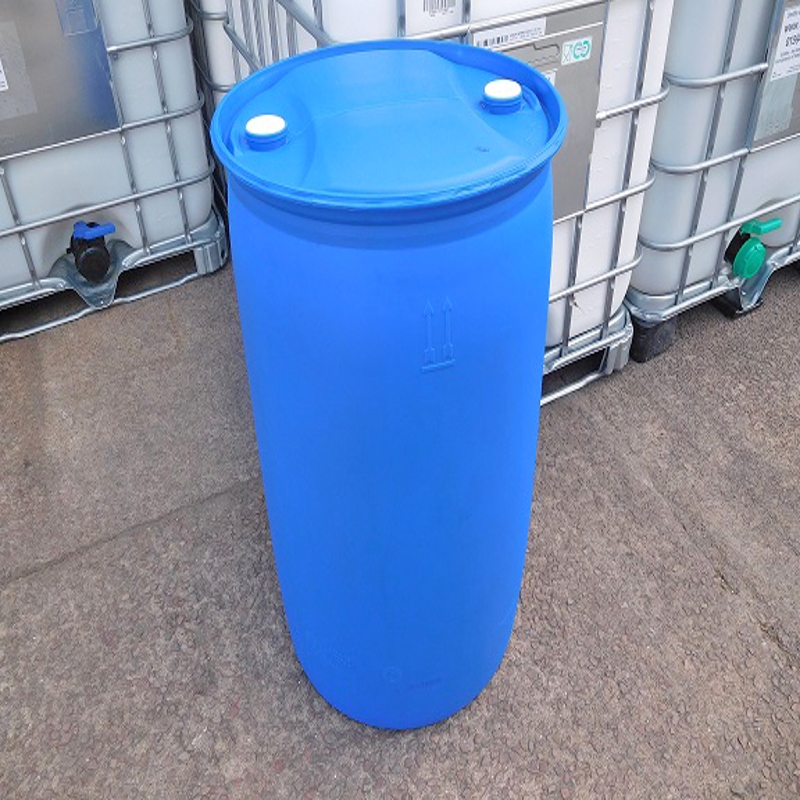Inorganic Chemistry
- • Elementary Substance (160)
- • Industrial Gases (16)
- • Inorganic Bases (53)
- • Inorganic Acid (52)
- • Inorganic Salts (1906)
- • Oxides and Peroxides (183)
- • Silica gel (5)
- • Non-metallic Minerals (14)
- • Coating Materials (24)
- • Phosphorus Compounds (50)
- • Iron Compounds (21)
- • Bromine Compounds (20)
Related News
Sort Inorganic Salts Alphabetically
Inorganic Salts
Get Inorganic Salts Raw Materials by RegionCalcium nitrate tetrahydrate
(13477-34-4)-
Agricultural Grade / 99%
-
- / 99.00%
-
Industrial Grade / 99%
-
Agricultural Grade / 99%
Request for quotation , get quotes from more suppliers.
Antimony pentasulfide
(1315-04-4)-
Industrial Grade / 99%
-
- / 0.00%
-
![Antimony pentasulfide buy Antimony pentasulfide]()
-
![ANTIMONY PENTASULFIDE buy ANTIMONY PENTASULFIDE]()
Request for quotation , get quotes from more suppliers.
Ytterbium nitrate
(13768-67-7)-
Industrial Grade / 99%
-
- / 99%
-
![YTTERBIUM NITRATE buy YTTERBIUM NITRATE]()
Industrial Grade / 99.0%
-
![YTTERBIUM NITRATE buy YTTERBIUM NITRATE]()
Request for quotation , get quotes from more suppliers.
Magnesium aluminate metasilicate
(12511-31-8)-
![aluminium magnesium silicate(2:1:2) buy aluminium magnesium silicate(2:1:2)]()
Industrial Grade / 99.0%
-
![aluminium magnesium silicate(2:1:2) buy aluminium magnesium silicate(2:1:2)]()
-
![aluminium magnesium silicate(2:1:2) buy aluminium magnesium silicate(2:1:2)]()
-
![aluminium magnesium silicate(2:1:2) buy aluminium magnesium silicate(2:1:2)]()
Industrial Grade / 99%
Request for quotation , get quotes from more suppliers.
Potassium heptafluorotantalate
(16924-00-8)-
Industrial Grade / 99%
-
Industrial Grade / 99%
-
![Potassium heptafluorotantalate(V) buy Potassium heptafluorotantalate(V)]()
-
![POTASSIUM HEPTAFLUOROTANTALATE(V) buy POTASSIUM HEPTAFLUOROTANTALATE(V)]()
Request for quotation , get quotes from more suppliers.
Niobium pentachloride
(10026-12-7)-
Industrial Grade / 99%
-
Industrial Grade / 99%
$10/KG FOB
-
industrial Grade / 98%
-
![Niobium(V) chloride buy Niobium(V) chloride]()
Request for quotation , get quotes from more suppliers.
Calcium silicide (CaSi2)
(12013-56-8)Calcium silicide is used for manufacture of special metal alloys, e.g. for removing phosphorus and as a deoxidizer.
In pyrotechnics, it is used as fuel to make special mixtures, e.g. for production of smokes, in flash compositions, and in percussion caps.
Calcium silicide is used in the manufacture of certain initiatory, pyrotechnic and smoke compositions.
The silicon and calcium alloy is mainly used
-
- / 99%
-
![Calcium silicide buy Calcium silicide]()
-
![CALCIUM SILICIDE buy CALCIUM SILICIDE]()
-
![Calcium silicide(CaSi2) buy Calcium silicide(CaSi2)]()
Industrial Grade / 99%
Request for quotation , get quotes from more suppliers.
Sodium antimonate
(15432-85-6)-
Industrial Grade / 99%
-
-
- / 99.00%
-
Industrial Grade / 100%
Request for quotation , get quotes from more suppliers.
10H-Pyrido[3,2-b][1,4]benzothiazine
(261-96-1)-
Industrial Grade / 99%
-
- / 99.00%
-
![10H-pyrido(3,2-b)(1,4)benzothiazine buy 10H-pyrido(3,2-b)(1,4)benzothiazine]()
Industrial Grade / 99%
-
![10H-Pyrido[3,2-b][1,4]benzothiazine buy 10H-Pyrido[3,2-b][1,4]benzothiazine]()
Request for quotation , get quotes from more suppliers.
-
- / 99.00%
-
![Iron(II) bromide buy Iron(II) bromide]()
Industrial Grade / 99%
-
![Iron (II) bromide buy Iron (II) bromide]()
-
![Iron (II) bromide buy Iron (II) bromide]()
Industrial Grade / 99%
Request for quotation , get quotes from more suppliers.
More Information
Inorganic salts, also known as minerals, encompass both major and trace elements, constituting essential substances in human metabolism. Most often, when referring to inorganic salts, we imply pure substances, such as laboratory-grade sodium chloride. We do not label it as table salt because additional substances are often added to table salt.
The primary distinction between inorganic and organic salts lies in the nature of their anions. Much of their chemical properties are determined by these anions. For instance, inorganic salts typically exhibit strong hydrophilicity, while organic salts may display affinity towards certain nonpolar reagents.
Despite their low concentration in cells and the human body, inorganic salts play significant roles. A diversified diet, with less animal fat consumption and more consumption of coarse grains like brown rice and corn, and limited intake of refined flour, helps maintain the normal levels of inorganic salts within the body.
Common inorganic salts include:
● sodium chloride
● potassium chloride
● calcium carbonate
● magnesium sulfate
● ammonium nitrate






































![10H-Pyrido[3,2-b][1,4]benzothiazine buy 10H-Pyrido[3,2-b][1,4]benzothiazine](https://file.echemi.com/fileManage/upload/canonicalSmiles/20220812/488386d841f24a6289e5e21160984e1d.png)


